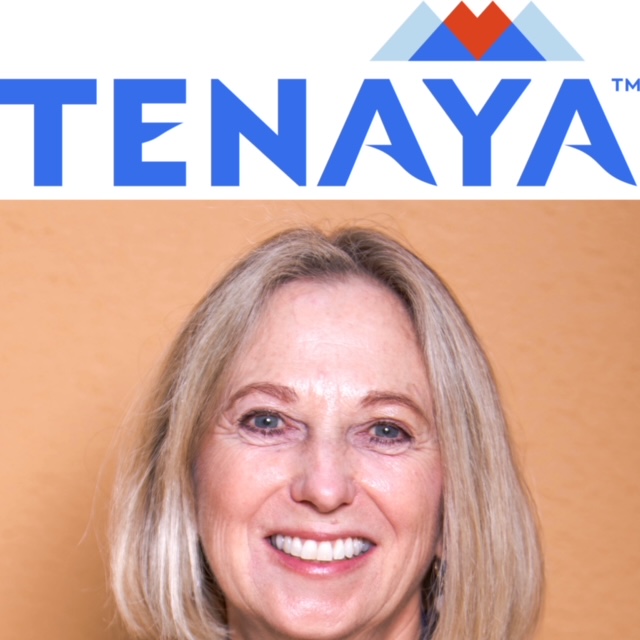Sudden cardiac arrest (SCA) has had a moment in the public eye this week. The NFL game between the Cincinnati Bengals and Buffalo Bills, which was postponed after Bills safety Damar Hamlin suffered a cardiac arrest and collapsed on the field, was, according to CNN, the most-watched “Monday Night Football” telecast in ESPN history, averaging 23.8 million viewers.
Damar Hamlin’s misfortune shined a public light on the grim reality that we as HCM patients live with every day: the possibility we could suffer SCA at any moment without warning.
HCMBeat has written before about fellow HCM patient Lindsay Davis, who uses her platform as a former Miss Ohio to effect positive change for those with heart issues.

In fact, Lindsay successfully lobbied for what is now known as “Lindsay’s Law,” which educates coaches, parents and athletes on the signs and symptoms of an underlying heart condition and removes a child with symptoms of heart disease from play until cleared by a cardiologist.
Now Lindsay has taken the opportunity to write a compelling op-ed for Newsweek about the need for cardiopulmonary resuscitation (CPR) and automatic external defibrillator (AED) training in the community. As Lindsay correctly points out, Damar Hamlin suffered a cardiac arrest in a NFL stadium surrounded by trainers, medical personnel and the most up to date equipment. Children who play sports do not have the same advantages. If a similar situation occurred on a school baseball diamond or a playground basketball court, it is likely that the bystanders would not be so prepared to render aid.
Some of you may know that I have been a lifelong fan of the New Orleans Saints football team. Gayle Benson, the owner of the Saints and the Pelicans, the local NBA team, did something that I hope will serve to inspire other professional teams to do for their communities. Mrs. Benson reached out and, finding there was a need, donated a total of 67 AEDs to the New Orleans Recreation Department (NORD) and the neighboring Jefferson Parish Recreation Department (JPRD). Mrs. Benson will also provide CPR and AED training to NORD and JPRD personnel so they know what to do in the event of a cardiac arrest at their facilities.
Time is key when a person suffers a cardiac arrest. According to the American Heart Association (AHA), 350,000 cases of cardiac arrest occur each year outside of a hospital, and the survival rate is less than 12 percent. CPR can double or triple the chances of survival.
A 2018 study highlighted on the AHA website shows the great benefit of being resuscitated by an AED following a cardiac arrest. Read the following statistics:
- Cardiac arrest victims who received a shock from a publicly-available AED had far greater chances of survival and being discharged from the hospital than those who did not; 66.5 percent versus 43 percent.
- Cardiac arrest victims who received a shock from a bystander using a publicly-available AED had 2.62 times higher odds of survival to hospital discharge and 2.73 times better outcomes compared to victims who received their first AED shock from emergency responders.
- Victims who received an AED shock from a bystander (57.1 percent) using a publicly-available device instead of having to wait for emergency responders (32.7 percent) had near normal function and better outcomes.
- Without a bystander using AED shock therapy, 70 percent of cardiac arrest patients either died or survived with impaired brain function (emphasis added).
More information about the chain of survival can be found on the American Heart Association website.
If you are looking for a New Year’s Resolution (or even if you aren’t!) take the time to learn CPR and learn how to use an AED today. AEDs are so simple to use that even a 5th grader can administer properly.
And here is short video from Mayo Clinic showing how to do hands-only CPR.
And if you are a heart patient, think about getting an AED for your home. I myself have one in my dining room.

Finally, I am sending out my best personal wishes to Damar Hamlin for a complete recovery. (As of this writing, he appears to be well on his way.)
Most of all, I am sending out my sincere hope that this disturbing incident will improve the chances that the next person who suffers cardiac arrest will be lucky enough to be in the right place at the right time for complete resuscitation.
Wishing the entire HCM community a happy, and most of all a healthy, New Year.
Cynthia Burstein Waldman © 2023
All views expressed herein are my own.












